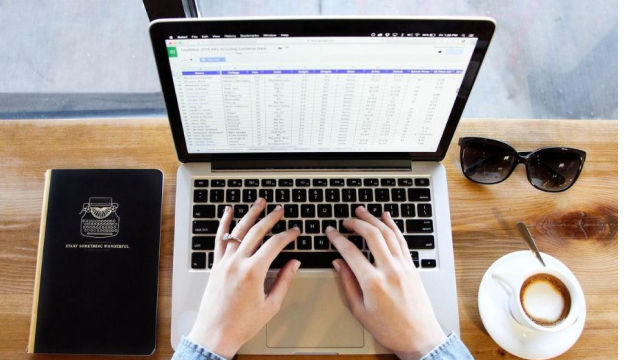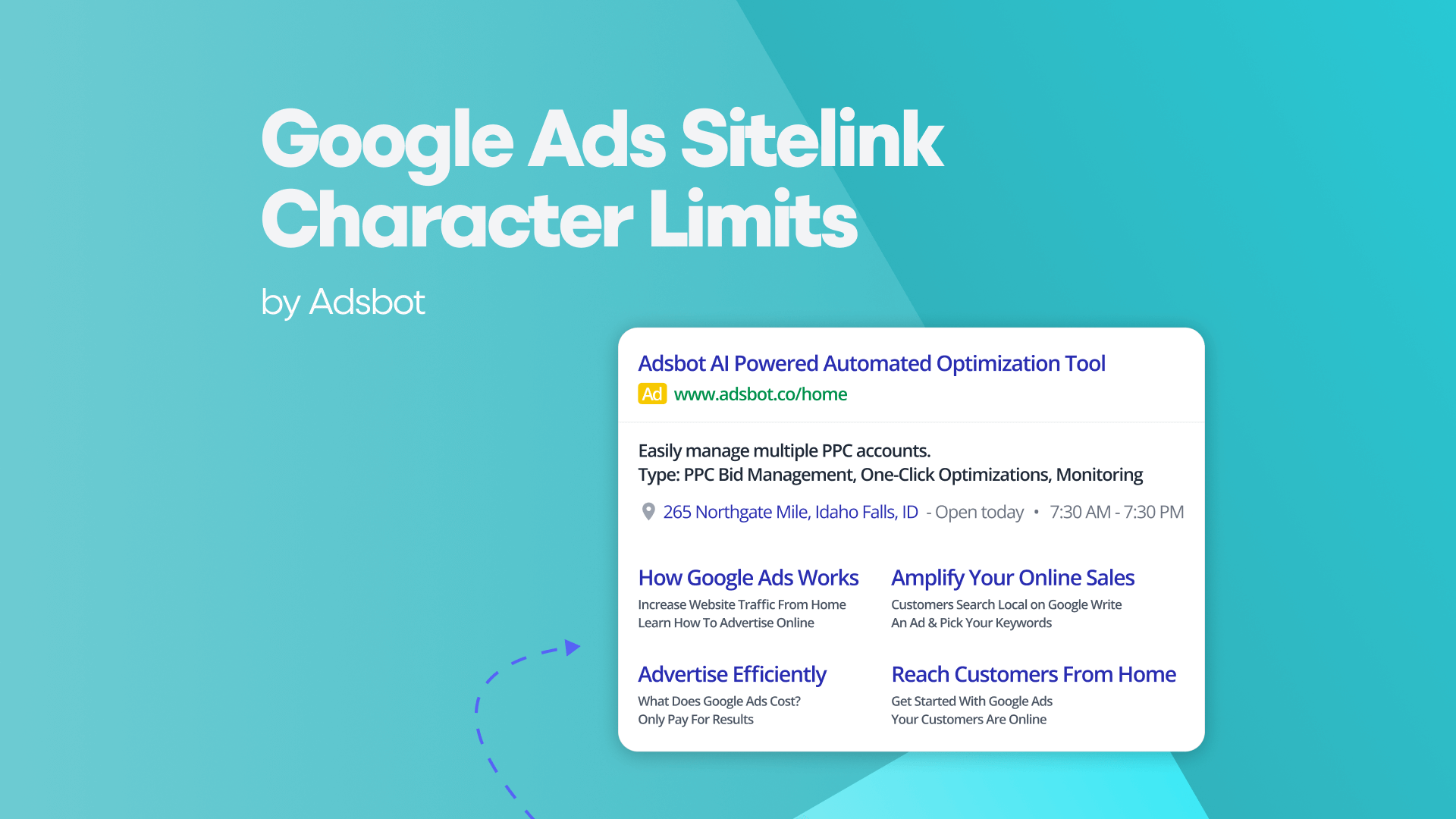What if the key to doubling your Google Ads performance was hiding in plain sight through Google Ads Competitor Analysis?
Every day, successful advertisers are sharing their winning strategies openly through their live campaigns, keyword choices, and ad copy testing. They’re essentially running a free masterclass in paid advertising, broadcasting their most effective tactics for anyone smart enough to pay attention.
Your competitors aren’t just competition- they’re your greatest source of market intelligence. Every keyword they bid on has been validated by real budget and real results. Every ad they’re running has survived their own optimization process. The most successful ad campaigns aren’t built from scratch; they’re built on the foundation of competitive intelligence that reveals what’s already resonating with your shared audience.
Ready to unlock this competitive advantage? In this comprehensive guide, you’ll discover how to transform your competitors’ public campaigns into your private playbook. You’ll learn the exact Google Ads competitor analysis tools and techniques that top advertisers use to identify winning keywords, decode effective ad strategies, and accelerate their campaign performance using insights that are available to anyone willing to look.
1. How to Use Google Ads Keyword Planner
Google Ads Keyword Planner is a valuable tool for creating powerful keyword lists and helping to launch your PPC campaign. With the Keyword Planner, you can generate keyword ideas, look at search volume, analyze search intent, plan search engine ads, and discover competitor keywords. Additionally, the tool provides content planning, negative keyword lists, search volume analysis, competitor analysis, cost per click estimates, and PPC budgeting forecasts. To use the Google Keyword Planner, you must have a Google Ads account. Once you have an account, you can begin to generate ideas and plan your campaigns accordingly. If you want to learn how to check competitors google ads keywords, this tool is one of the most practical starting points.
2. How to Do Competitor Analysis
The second step in performing a Google Ads competitive analysis is to use the organic research. It is especially useful for gaining insights into your competitors’ strategies. By leveraging the wealth of information available through search engine results pages (SERPs), you can gain valuable insights into how your competitors are positioning themselves online. Finally, benchmarking against competitors’ performance is a vital step in understanding how your own campaigns are performing. By monitoring their search ads, you can identify new keyword opportunities and make necessary improvements to your campaigns.
3. Analyzing Auction Insights via Google Ads Campaign
Google Ads’ Auction Insights report is one of the most essential tools for competitive analysis, as it provides key insights into who is competing with you in each auction and how their impression share, position above share, top of page rate, absolute top of page rate, outranking share, and overlap rate compare to your own.
4. Leveraging Organic Research for Competitive Analysis
By leveraging organic research and asking “What is competitor analysis?”, businesses can gain a better understanding of their competitors’ strategies and tactics. This information can be used to inform decisions related to keyword research and ad campaigns. Organic research involves researching competitor websites, analyzing their content and backlinks, and using the data to understand the competition’s SEO strategy. Additionally, your competitor analysis Google Ads strategy can provide insights into what competitors are doing better than you in terms of search engine rankings and ad performance. By understanding the competition, businesses can develop strategies to improve their own search engine rankings and ad performance.
5. Understanding Organic Research
Organic research is a powerful method to gain further insights into competitor strategies and identify potential opportunities. For example, by performing a Google search related to your industry or product, you can gain an understanding of the types of content and keywords competitors are using. This can be used to inform your own keyword strategy and develop content that stands out from the competition. Additionally, organic research can also be used to monitor competitors’ activities, such as product launches and pricing changes. By combining organic research with a Google Ads competitor research tool such as Ahrefs, you can gain a more comprehensive picture of the competitive landscape.
6. Understanding The Advertising Research Tool
Advertising research tools provide invaluable insights into the ad strategies of your competitors. With these tools, you can get valuable information on your competitors’ ad copy, UVPs (Unique Value Propositions), calls-to-action, target audiences, and more. Through this data, you can develop better strategies for your own campaigns and maximize their effectiveness. Additionally, some tools also allow you to analyze auction insights, giving you an understanding of who is bidding on certain keywords and how much they are spending. With this information at hand, you can adjust your own bids to ensure cost-efficiency and high-quality traffic.
7. Performing Competitor Benchmarking
To gain a better understanding of your competitors, it is important to benchmark their performance against the industry. Conducting a competitor Google Ads analysis can help you identify those channels that have the highest traffic share and evaluate the quality of your competitors’ strategies. With a competitor analysis tool like Semrush, you can quickly enter the URL of a competitor’s website and get an idea of their ad strategy. Additionally, leveraging organic research can help you gain insight into their products, sales, and marketing. By performing competitor benchmarking and monitoring their search ads, you can identify new keyword opportunities to improve your overall ad performance.
8. Monitoring Competitors’ Search Ads
Having identified the competitive landscape, it’s important to monitor competitors’ search ads regularly. With campaign watch software, you can see which competitors have launched new ads or landing page offers and how they look on the Google search results page. Additionally, using a keyword monitoring tool can help you analyze how effective their ad copies are and which keywords they target in the regions where you show your ads. By leveraging a competitor analysis tool, you can gain insights into their strategies and use that information to stay ahead of the competition.
9. Identifying New Keyword Opportunities
Using the Keyword Planner, advertisers can identify new keyword opportunities by analyzing their competitors’ unique keywords. Every unique keyword of a competitor may turn into a perfect fit for the advertiser’s own campaigns. Additionally, advertisers must consider Google Ads Character Limits to ensure their ads are both compliant and engaging. With this tool, advertisers can analyze auction insights and organic research to measure their competitors’ performance and identify potential opportunities. Furthermore, leveraging competitive benchmarking and monitoring competitors’ search ads can also help advertisers to stay ahead in the game and improve their overall ad performance.
10. Improving Your Overall Ad Performance
To further improve the performance of your campaigns, it is important to monitor your competitors’ activities. By leveraging competitive analysis tools such as Google Ads Keyword Planner, Auction Insights, advertising research tools, competitor benchmarking, and monitoring their search ads, you can gain a better understanding of their strategies and uncover new keyword opportunities. This will give you an edge in the competition and help you to stay ahead of the curve. A strong google ads competitor analysis system ensures you don’t just react to competitors, but consistently outperform them with smarter insights.
Popular Posts
-
How Many Keywords Should Be In an Ad Group in Google Ads?
Ever wondered if your Google Ads campaigns are packed with…
Read more -
Google Ads Script for Dummies: An Introduction
Imagine you have an e-commerce website that sells licensed superhero…
Read more -
Google Ads Sitelink Character Limits
Your Google Ads are cutting off in the middle of…
Read more -
What Is Conversion Value in Google Ads?
What if you could put a price tag on every…
Read more
Register for our Free 14-day Trial now!
No credit card required, cancel anytime.








